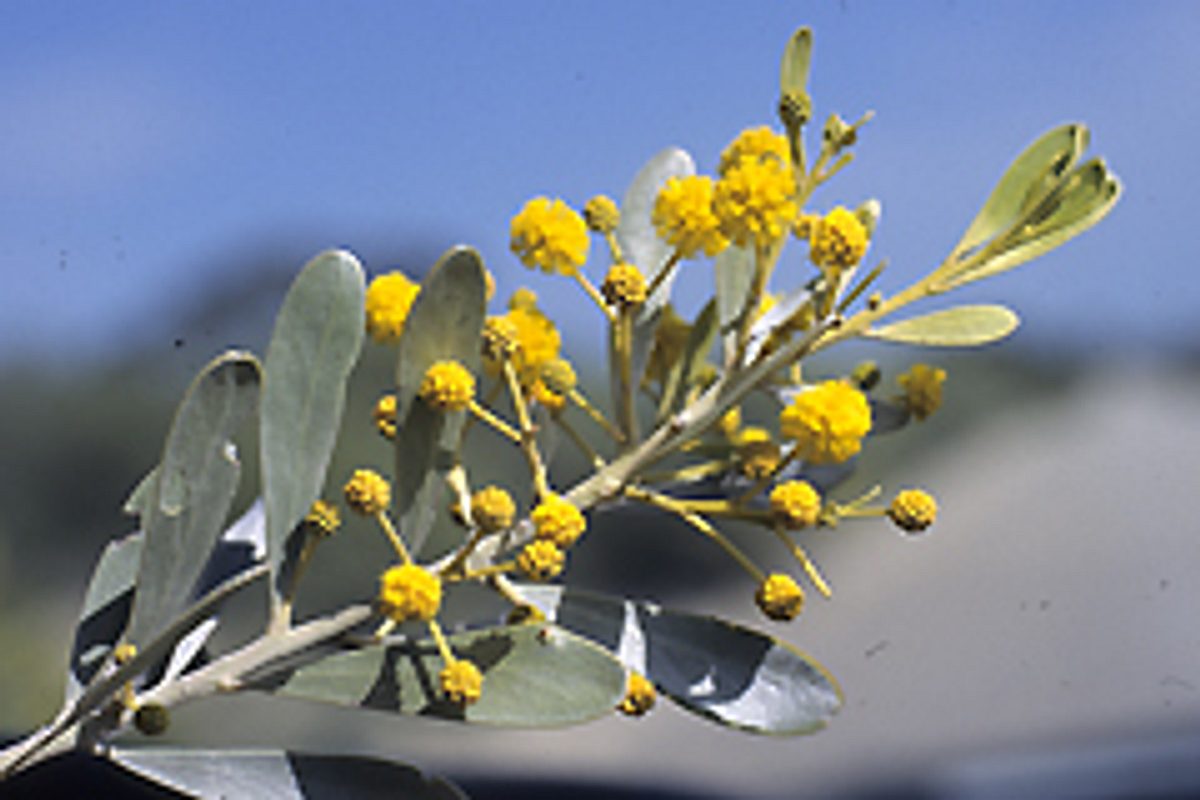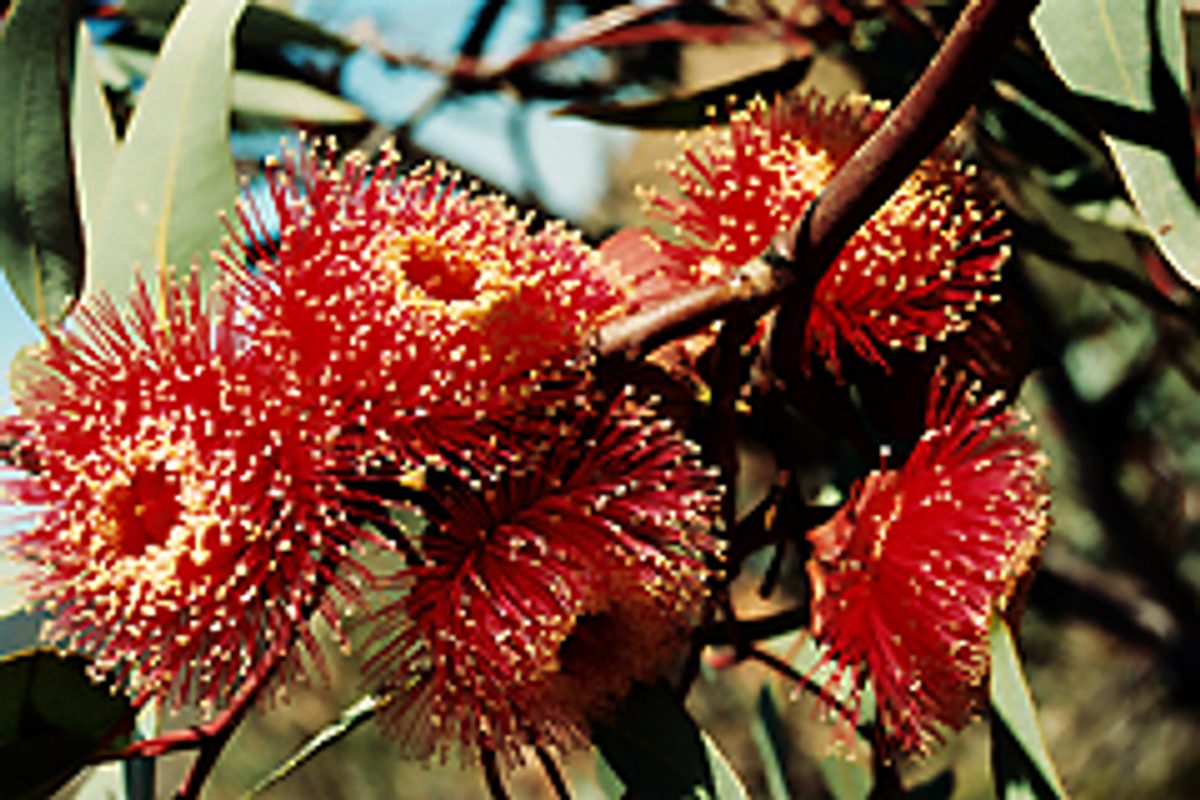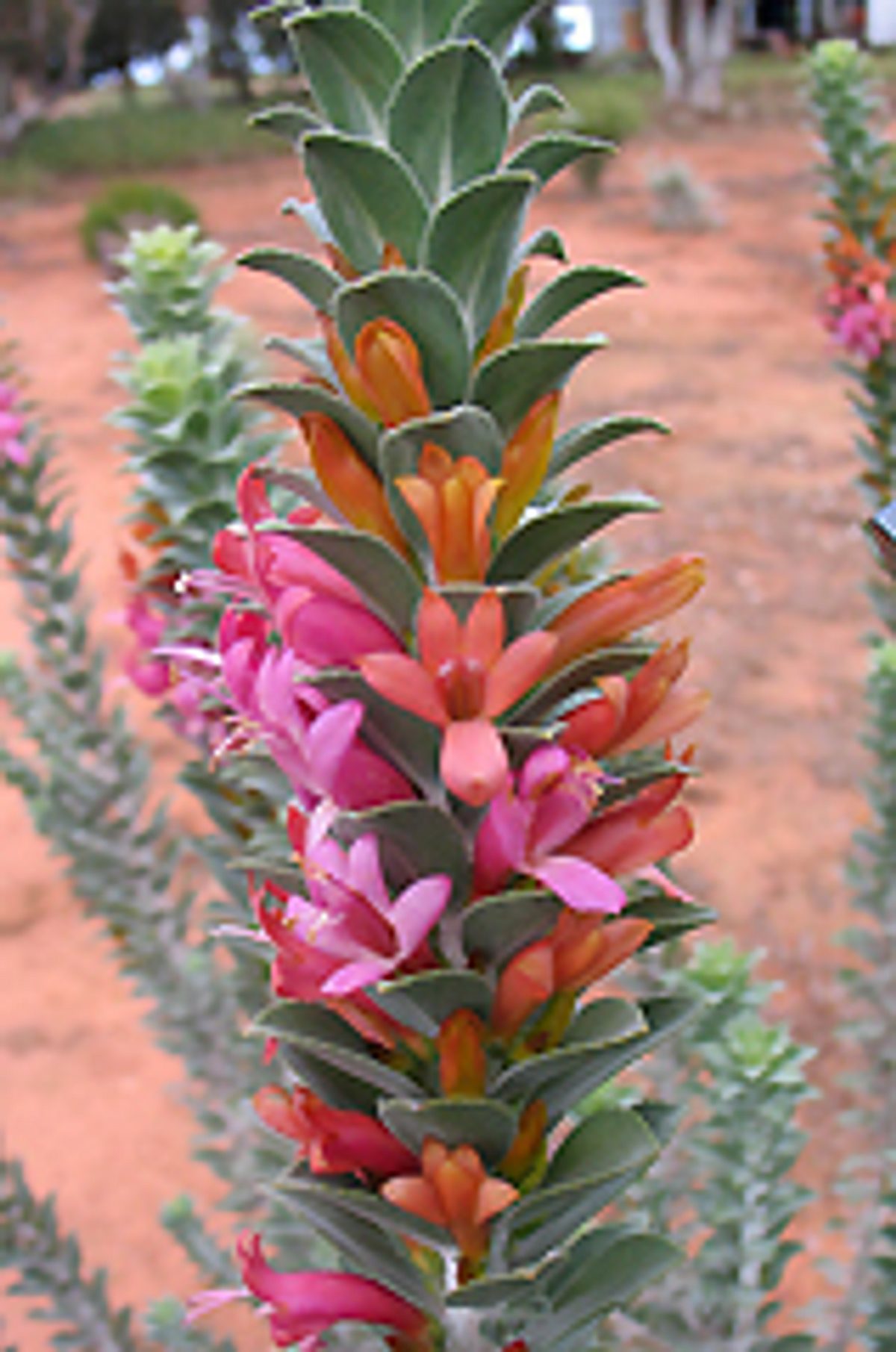Vascular plants
The vascular plants (flowering plants, conifers and ferns) are those we are most aware of in our daily lives. We come across them in our gardens, fields and forests. Over 800,000 vascular plant specimens are housed in the State Herbarium vaults.
Despite their prominence and richness in the natural and human environment, our knowledge of Australia's flowering plants is still incomplete. Much of the taxonomic research taking place in the State Herbarium, across Australia and around the world, is directed at these plants.
The State Herbarium provides information on vascular plants in a diversity of publications, including scientific papers, Flora of South Australia, the various lists and censuses of vascular plants, and handbooks to the naturalised flora, shrubs and trees, orchids, wattles, and grasses. These attest to the contribution South Australian botanists and their Australian and international colleagues have made in improving the knowledge of South Australia's vascular plants. Since the late 1800s the specimens assembled in the State Herbarium have formed a major foundation upon which this knowledge is based.
Some examples of vascular plants include:
Acacia
Acacia argyrophylla. Currently the Acacia brachybotrya group of Acacias in South Australia comprise six taxa including three recognised species, some of which are rare or endangered. All taxa can easily be recognised by their hair type and pods. Molecular studies soon to be undertaken may help to resolve whether these taxa should be treated as species or subspecies.

Eucalyptus
Eucalyptus youngiana has the largest flowers and fruit of a Eucalypt in South Australia (to 5.5cm wide). Fruit size can vary considerably on a single tree, so are probably influenced by rainfall events in the arid regions in which it occurs.

Eremophila
Eremophila is a large genus of 216 species restricted to Australia with species ranging from small mat-like plants to shrubs or small trees. The bird pollinated flowers are commonly red to yellow like Eremophila calorhabdos. In contrast, insect pollinated flowers like E. magnifica range in colour from lilac to purple, sometimes white.



